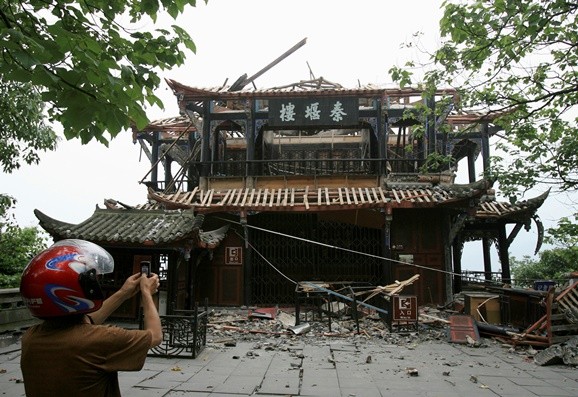An ancient subterranean irrigation system is being renovated in northwest China's Xinjiang Uyghur Autonomous Region for almost five years now, said a statement from the local cultural relics bureau on Monday.
The karez irrigation system composed of wells--which can produce water from the underground to the surface--are known as one of China's oldest man-made structures withstanding 2,000 years of existence like the Great Wall and the Grand Canal.
Zhao Qiang, the party head with the cultural relics bureau of Turpan Prefecture, shared that back in the end of 2009, the renovation was initiated and to date it underwent four stages of renovations. It covers 108 karez well systems, with a total length of 18 kilometers underground of canal length.
A length of 600 kilometers of the underground canals was desilted and more than 10,000 vertical shafts were also repaired, told Zhao.
An estimated cost of 45 million yuan ($7.26 million) has been spent for the said renovation.
The preparation and construction for the fifth stage has started and will include repairs of 15 karez wells.
Extending for almost 5,000 kilometers, the karez wells are famous for the distinction as the "Great Underground Wall."
Several small reservoirs, vertical shafts, subterranean and ground canals complete the karez well systems. The melted snow from Xinjiang's Tianshan Mountains supplies the canals with water.
As of today, the number of karez wells in Turpan Prefecture is close to a thousand, but most of them have been dried up due to groundwater recession and destruction to the wells. Turpan is considered as the hottest and driest region in China, which has been utilizing the system to keep water from drying up to the surface.
Aside from China, karez wells can also be found in the neighboring countries of Afghanistan, Iran and Pakistan. Provinces of Gansu, Shaanxi and Shanxi in China also have karez wells.



























